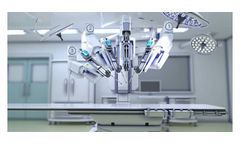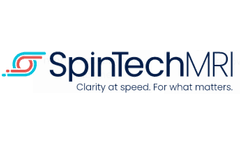Refine by
Tissue Imaging Articles & Analysis
9 articles found
Histological image analysis has emerged as a pivotal domain in biomedical research and clinical diagnostics, allowing scientists and healthcare professionals to decipher the intricate structures of tissues at a microscopic level. ...
The quantification of genomic DNA is shaping personalized medicine, while tissue oxygenation imaging improves patient monitoring. Innovations like the disposable linear stapler and aspirator endocervical optimize surgical efficiency, particularly in procedures involving the anterior cruciate ligament and brain trauma care. ...
Dendrimers have attracted much attention in drug delivery, imaging, and materials science due to their unique structure, high monodispersity, and tunable properties. ...
The use of Quantitative Susceptibility Mapping (QSM) is often viewed as incompatible with current standard radiology workflows. Some radiologists or departments may be unaware of its existence or purpose. Despite the skepticism surrounding its viability in a clinical setting, QSM shows great potential in a wide range of clinical applications, particularly for biomarker detection and ...
Since the 19th century, the practice of tissue processing has remained largely unchanged, resulting in solidified, paraffin-embedded tissue blocks for sectioning. As staining procedures have advanced and immunohistochemistry is becoming more widely used, high-quality tissue sections are paramount for accurate interpretation of disease ...
Single-cell chromatin accessibility can also be derived without tissue dissociation by identifying pixels containing only one nucleus using immunofluorescence imaging. ...
April Studying animal tissue is an important tool for scientists to learn more about the effects of treatments for illnesses in humans. ...
Fluorescent in situsequencing methods (e.g., FISSEQ, STARmap) ( Lee et al., 2015 ; Wang et al., 2018 ) were additionally reported, but the number of detectable genes was limited, and their workflow resembled sequential FISH, again requiring a lengthy, repeated, and technically demanding imaging process. It is highly desirable to develop new methods for ...
Here, we explore the factors that affect imaging contrast with quantum dots, including time, dosage, emission and excitation wavelengths, and instrumentation. ...








